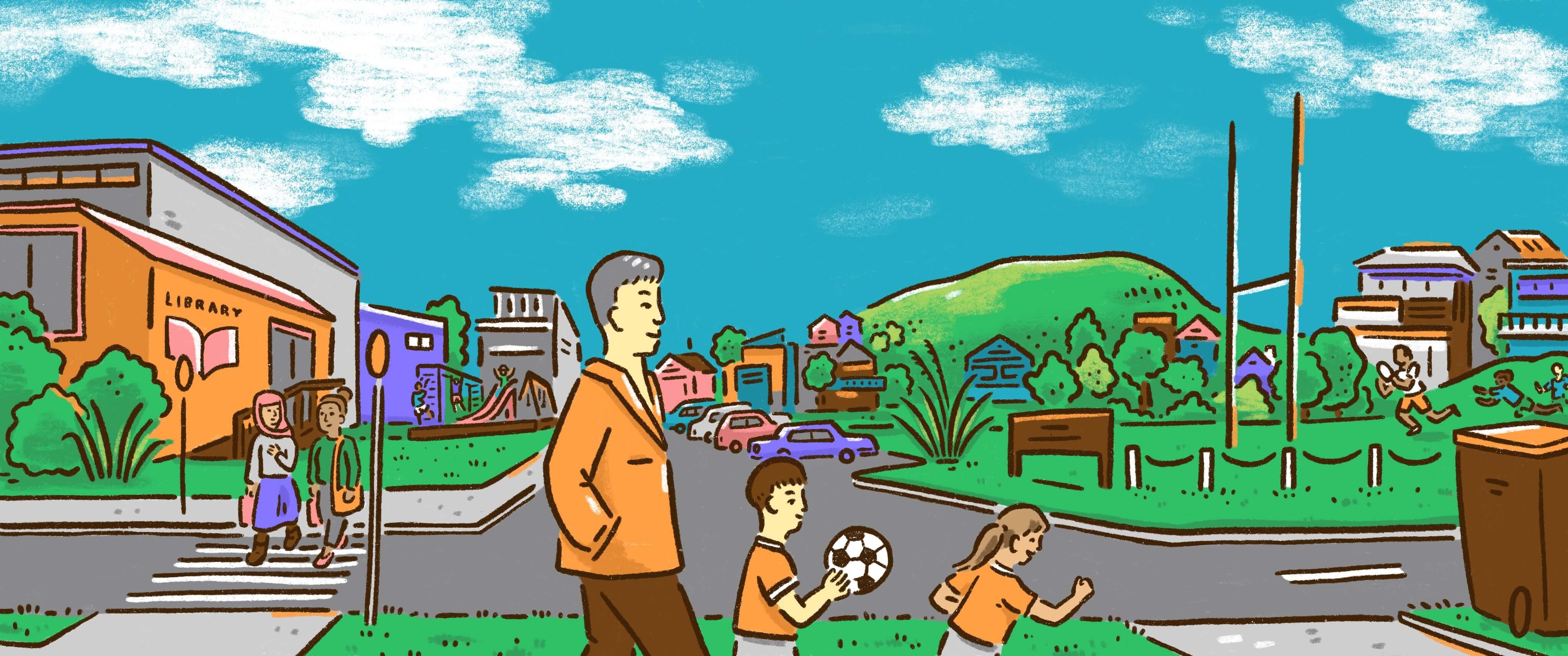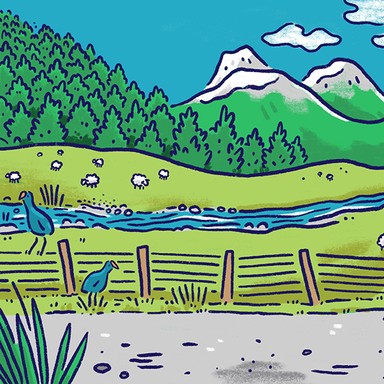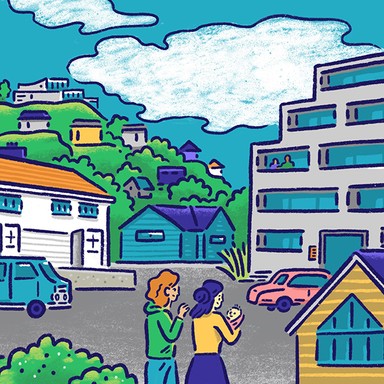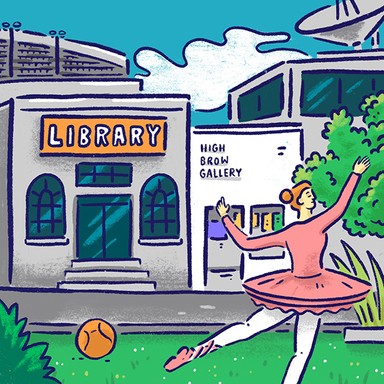
Waipapa Papanui-Innes-Central Community Board

Transport
Helping communities get from A to B is a key responsibility of local government, from making sure the buses run on time to providing car parking and walking and cycling paths. Whether public transport is the responsibility of the regional or local council depends on where you are in the country. Local councils also own 87% of New Zealand’s roads.

Transport
Helping communities get from A to B is a key responsibility of local government, from making sure the buses run on time to providing car parking and walking and cycling paths. Whether public transport is the responsibility of the regional or local council depends on where you are in the country. Local councils also own 87% of New Zealand’s roads.
Continue to push for better roading. This is still a big job post earthquakes and we need to focus on prioritising the worst road.
Encourage council to implement mass rapid transit in the upcoming transport plan, including the possibility of light rail and improvements to the buses.
Build an east-west cycle route across our ward to better connect our schools, commercial areas, residents, and existing cycle routes.
Investigate the possibility of using rates rebates in exchange for not driving as an incentive to change commuter behaviour.
Work with LTSA to get a better road user agreement for e scooters, keep them off footpaths. More electric buses.
Monitor (in person) crossings near schools and set up in liaison with schools safety protocols – practical and workable. Consider disabled.
Disability parking around city needs a revamp in terms of practical accessibility. More and closer to amenities, not across the road!
Invest in Rapid Mass Transport to create a functional public transport network for Christchurch.
Improve the safety of intersections and roadways for all road users.
Create living streets that provide safe spaces for cars, bikes, pedestrians and kids walking to school.
Design roads to move people not cars. Ensure road designs promote safe driving behaviours to allow all users to use the space.
Make local pathways and cycleways clear, visible and easy to navigate. Make public transport more appealing than driving driving a car.
Advocate for local knowledge to be sought first when starting a street or roading renewal or upgrade project.
Continue to push for better roading. This is still a big job post earthquakes and we need to focus on prioritising the worst road.
Encourage council to implement mass rapid transit in the upcoming transport plan, including the possibility of light rail and improvements to the buses.
Build an east-west cycle route across our ward to better connect our schools, commercial areas, residents, and existing cycle routes.
Investigate the possibility of using rates rebates in exchange for not driving as an incentive to change commuter behaviour.
Work with LTSA to get a better road user agreement for e scooters, keep them off footpaths. More electric buses.
Monitor (in person) crossings near schools and set up in liaison with schools safety protocols – practical and workable. Consider disabled.
Disability parking around city needs a revamp in terms of practical accessibility. More and closer to amenities, not across the road!
Invest in Rapid Mass Transport to create a functional public transport network for Christchurch.
Improve the safety of intersections and roadways for all road users.
Create living streets that provide safe spaces for cars, bikes, pedestrians and kids walking to school.
Design roads to move people not cars. Ensure road designs promote safe driving behaviours to allow all users to use the space.
Make local pathways and cycleways clear, visible and easy to navigate. Make public transport more appealing than driving driving a car.
Advocate for local knowledge to be sought first when starting a street or roading renewal or upgrade project.
Mayor
Compare the mayoral candidates in your area
Local council
Compare the candidates for your city or district council
Regional council
Compare the candidates for your regional council
Local board
Compare the candidates for your local or community board






